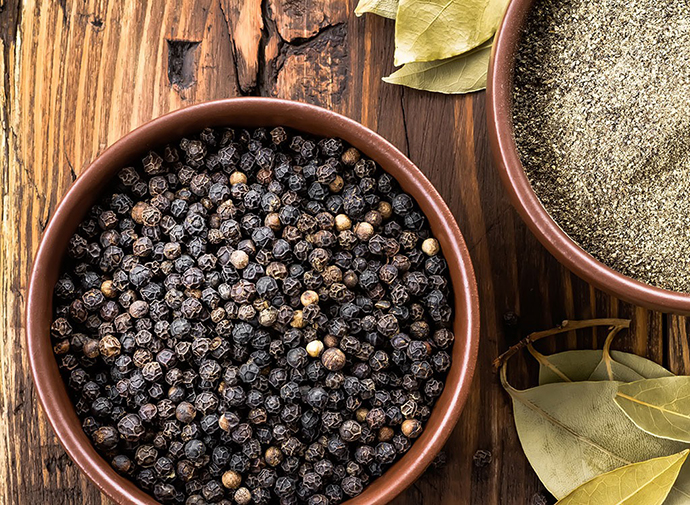This Saturday is More Herbs/Less Salt Day and I am reminded of my dad who had a massive heart attack when I was about 13 years old. By the grace of God, he survived it. Following his recovery, his doctor put him on a no salt diet and to make it easier on dad, mom and I went on a no salt diet with him. It was really hard at first, everything just tasted so bland, and dad was just miserable, but we learned to compensate by adding more herbs and spices when we cooked.
Because dad could no longer work, he started doing more cooking and it was fun to get into the kitchen and experiment with him. He was a marine and he embraced the Marine Corps motto of “Improvise, Adapt, and Overcome.” He was a problem solver and bland tasting food was a problem that needed to be solved.
Salt is a great flavor enhancer and aids foods in a variety of ways. Check out my blog post: “Let’s Get Salty” for all the great things that salt can do. But too much salt for some folks is a bad thing. Too much salt increases the risk of high blood pressure, heart disease, and stroke. However, just because you’re limiting your salt intake does not mean that you have to eat bland food.
In order to reduce our salt intake, we eliminated processed foods, which tended to be high in sodium, and we cooked almost entirely from scratch. This allowed us to have 100% control over all the ingredients.
We added more acid using citrus fruits and vinegars. Acids act a little like salt in that they help bring out the natural brightness of foods and work to meld flavors together.
We increased the size of our garden and used a lot more fresh vegetables and herbs. And, in some cases, we more than doubled the amount of herbs and spices any given recipe called for. We seasoned liberally and with authority. We learned to be fearless when it came to seasoning. Did we overdo it once in a while? Ya, we did, but we learned from each and every mistake how to make it better tasting despite the lack of salt.
Over time, we found that we didn’t miss salt quite so much because there were so many other flavors in our food. My grandmother who was diabetic loved coming to visit. She had to limit not only her salt intake but her sugar as well. Talk about there being no joy in Mudville. No salt and no sugar, and there just weren’t all of the sugar substitutes we have today.
But, being who he was, my dad stepped up to the challenge. When grandma came to visit, my dad would pull out every trick he knew, but he made sure she was still following her diet and eating healthy. She ate so well and the foods were so flavorful, I know her visits to our house brought so much joy to her in her final years.
That was just how I was raised. That was the life lesson my dad taught me. If you’re presented with a problem, you figure out a way to solve it. You improvise, adapt, and overcome.
So, whether it’s salt or sugar or dairy or gluten or something else, there is absolutely no reason why you can’t enjoy what you’re eating. Herbs and spices bring so much flavor that you won’t even miss what you can’t have.
If you like this blog and don’t want to miss a single post, subscribe to Chuck Wagoneer by clicking on the Follow Us button in the upper right corner and follow us on Facebook and Pinterest for the latest updates and more stuff!



















Recent Comments